Identify butterfly species
Easily identify woodland butterfly species with our handy swatch book
Buy yours now
Content manager
Identify some of the UK's most common butterflies, find out where to look for them, and learn more about their incredible lives with our simple guide.
Brimstones live for a whole year. They hibernate in plant cover such as ivy, where their scalloped, veined wings closely resemble leaves, providing excellent camouflage.
The male brimstone is the only large, lemon-yellow butterfly in the UK, so is unmistakeable. The female is cream-coloured and can be confused with other butterflies such as the large white, although the brimstone has no black on its wings.
Occurs across England and Wales, but scarce in Scotland and Northern Ireland.
Brimstone caterpillars feed on the leaves of buckthorn and alder buckthorn. The butterflies are particularly drawn to purple flowers such as thistles.
Male speckled woods often perch in small pools of sunlight, waiting to intercept passing females. If they spot a rival male instead, spectacular aerial fights ensue, with the males spiralling upwards, each trying to get above the other.
Dark brown wings liberally speckled with cream dots. The wings fade and become ragged with age – the year's first brood of speckled woods only lives for a few weeks before giving rise to the next generation.
This butterfly has spread northwards in recent decades to colonise East Anglia, the Midlands and almost all of northern England in response to climate change.
Caterpillars feed on grasses such as Yorkshire-fog. The adult butterflies don’t usually visit flowers, feeding instead from ‘honeydew’ – sweet secretions left on leaves by aphids.
The butterfly has a flexible life cycle enabling it to make the best of the vagaries of the UK climate. Depending on the weather, some spring and early summer caterpillars develop into butterflies that go straight into hibernation. Others become adults that breed straight away and give rise to a new generation in the autumn.
The orange and brown wings of the comma are deeply scalloped to give an almost ragged appearance. On the underside of the hindwing, visible if the butterfly has its wings closed, is a small silvery comma-shaped marking.
At one time restricted to the south, this butterfly has colonised huge areas of the UK over the past 50 years and now breeds right up to central Scotland. A few have even crossed the sea to start to colonise Ireland.
Comma caterpillars, which are camouflaged to resemble bird droppings, feed on a range of plants including nettle, hop and elm. The butterflies feed from flowers and also fallen fruit.
The holly blue, which was once known as the azure blue, can be distinguished from the widespread common blue by the lack of any orange dots on the undersides of the wings.
Widespread in the south and spreading northwards. Has recently colonised the Edinburgh area. Less widespread in Northern Ireland, where it is mainly found in the east. It is the most common blue butterfly found in UK woodlands and gardens.
Caterpillars feed mainly on the flower buds and berries of holly, ivy, spindle and dogwood. The adult butterflies feed on aphid ‘honeydew’.
Holly blue populations go through regular cycles of boom and bust, caused by a parasitic wasp. The wasp's young develop inside the butterfly’s caterpillars and pupae, ultimately causing their death. When holly blue caterpillars are abundant, the wasp thrives and kills so many that the population of the butterfly is driven down. However, once at low levels, the wasps find it difficult to locate caterpillars and so its population declines, allowing the butterfly to increase once again.
The peacock butterfly can scare off predators such as birds by suddenly flicking its wings open to reveal the large ‘eye-spot’ markings. It can also make a hissing sound that may help to deter mammal predators, such as mice and bats, particularly during the butterfly’s long hibernation.
The peacock butterfly has reddish–purple wings with large, dramatic eye-spot patterns.
Throughout the UK, although a recent colonist in the far north of Scotland.
Peacock caterpillars live in large groups on nettles. The adult butterflies visit flowers and are common garden visitors to plants such as buddleia in late summer, when they are building up their fat reserves for hibernation.
The black and spiny red admiral caterpillars create protective tents for themselves by folding nettle leaves together, emerging to feed on other leaves.
Black with red fringes to the hindwings, red stripes across the forewings, and white markings towards the wing tips.
Widespread across the UK, particularly in gardens. Most red admirals migrate to the UK in summer from central Europe.
Caterpillars feed on nettles. Adult red admirals feed from flowers such as buddleia, bramble and ivy, as well as on the juices of fallen fruit. Their proboscis comes in handy for this – while it may look like a straw, it’s actually made up of two tubes which lock together to form the feeding tube. With a diet of nectar and sticky fruit, it’s useful to have mouthparts that can be split into two for easy access to clean up.
The male spends several hours wooing the female, following her from resting place to resting place and drumming his antennae on her wings.
Orange wings with square patches of black, yellow and white along the front edges. The dark fringes of the wings also contain blue spots.
Common and widespread across the UK, especially in gardens, although there has been a noticeable decline in numbers in recent years.
Caterpillars feed on nettles, building a communal web at the top of a plant in which to shelter. Adults feed from a range of flowers including bramble, knapweeds, ivy and thistles.
Easily identify woodland butterfly species with our handy swatch book
Buy yours now
Amy Lewis • 21 Jun 2021
Hawk-moths are some of the largest and most recognisable moths in the UK. Learn to tell which is which with our visual guide to 10 of the most commonly encountered UK species.
Start identifying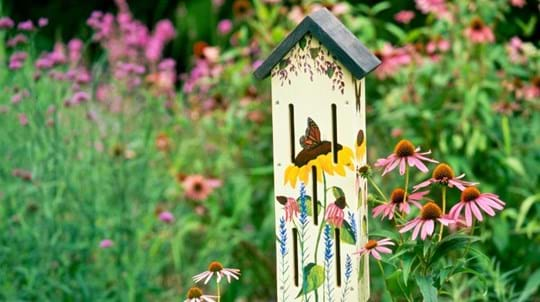
Blog
Rachel Hoskins • 12 Jul 2019
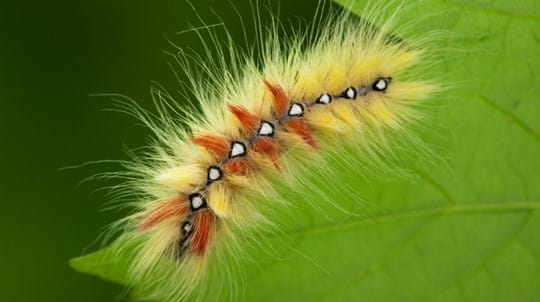
Blog
Charlotte Varela • 11 Aug 2023
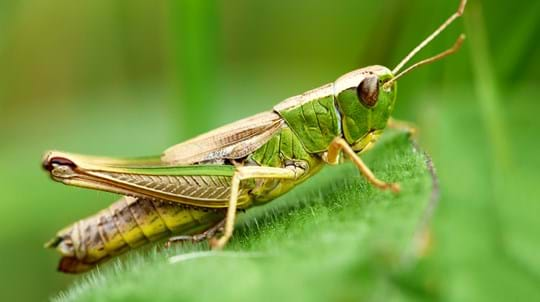
Blog
Charlotte Varela • 09 Oct 2023
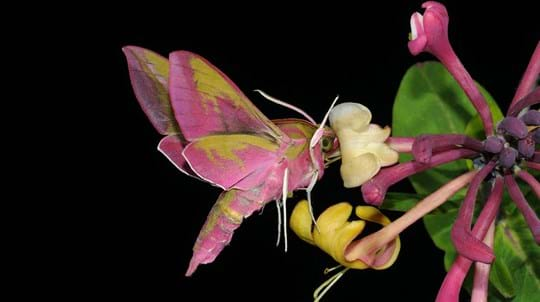
Blog
Amy Lewis • 03 Jul 2018
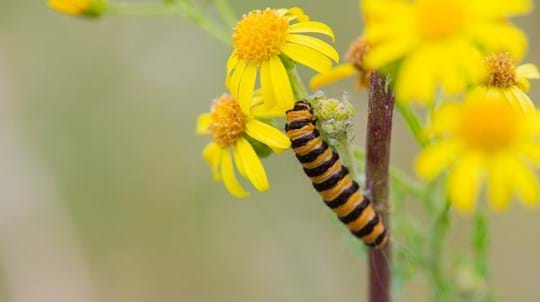
Blog
Charlotte Varela • 01 Jul 2019
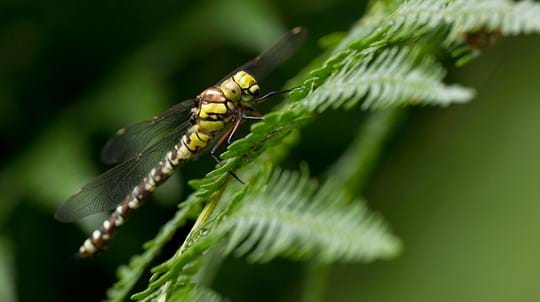
Blog
Joe Bates • 25 Jul 2018
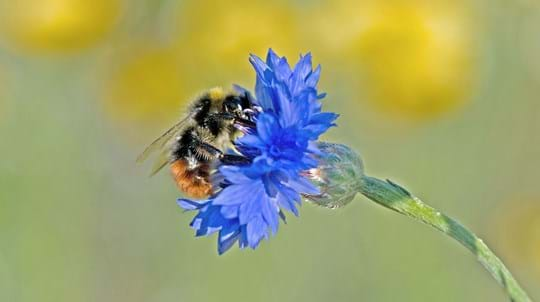
Blog
Charlotte Varela • 31 Jul 2023
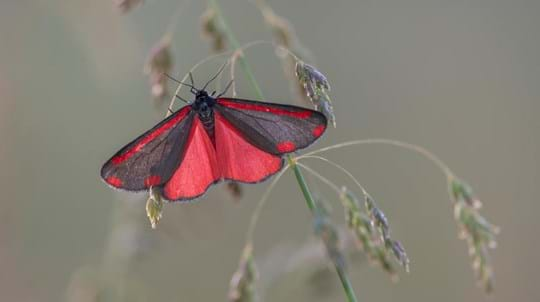
Blog
Amy Lewis • 23 Apr 2021
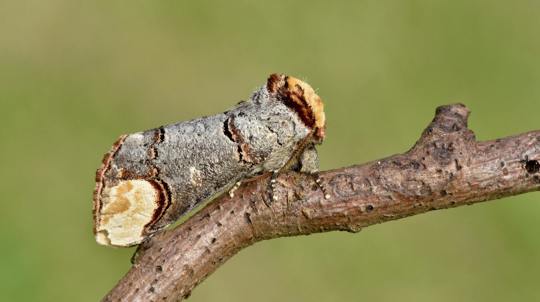
Blog
Amy Lewis • 02 Jun 2021
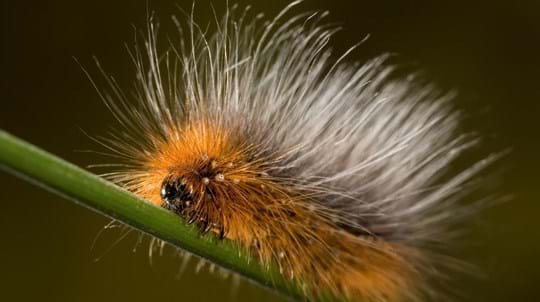
Blog
Amy Lewis • 10 Jun 2021